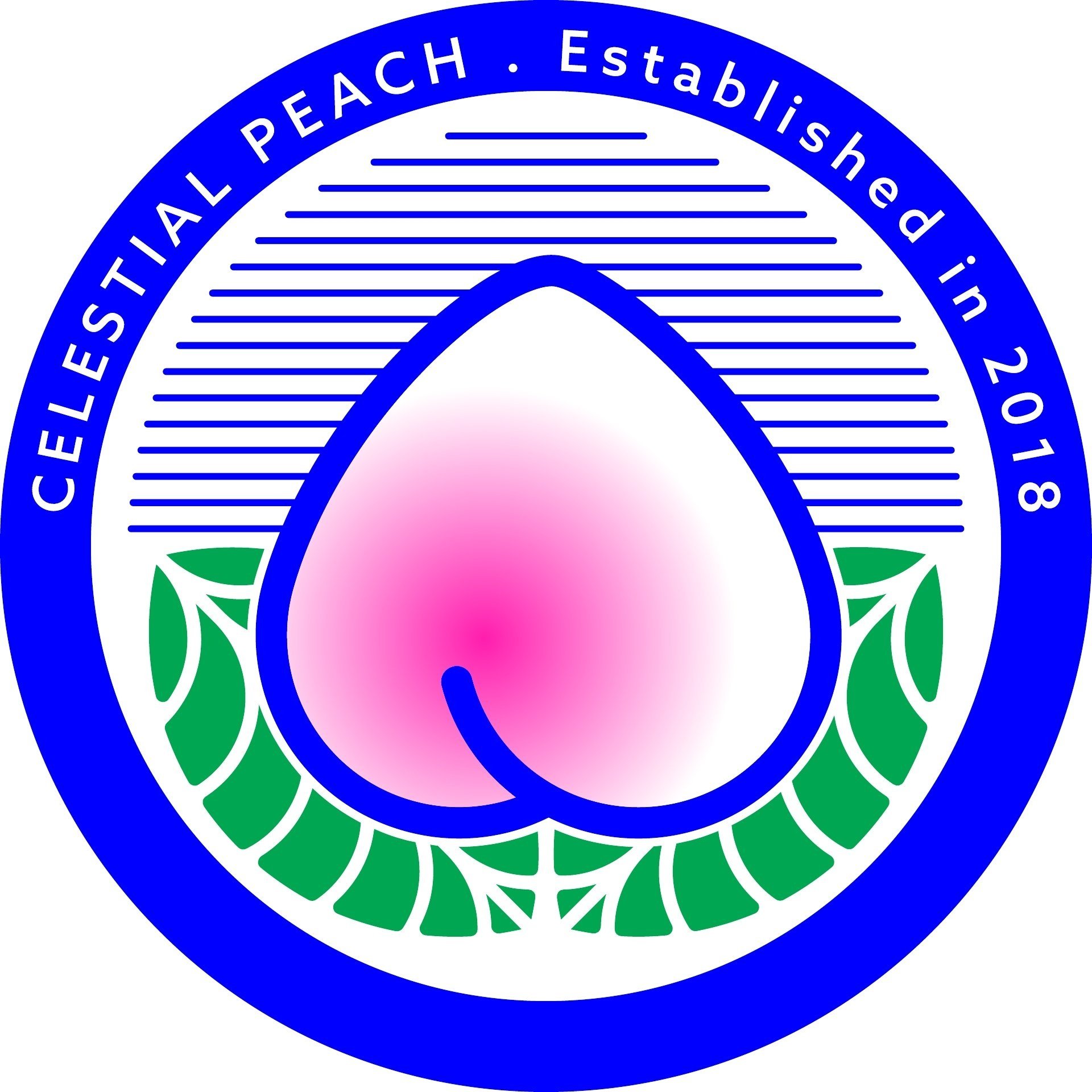The Ugliest Dish Can Be The Most Delicious
Never apologise for how it looks.
The phrase wabi-sabi may ring a bell. At a basic level this Japanese philosophy has been translated into Western context — and may I shrewdly suggest a branded marketing context — as ‘embracing the beauties of imperfection’. As with other subtly untranslatable cultural imports, I fear it is in danger of being the next ‘hygge’…
On a more nuanced level, wabi–sabi is a philosophical and aesthetic construct rooted in Taoist and Zen Buddhist principles that expresses itself in artistic expression appearing free of modern influence with a distinctly natural, almost accidental outcome. For an engaging read that puts it more beautifully than I could imagine, I recommend the Hermitary blogpost at the bottom of this article.
Wabi–sabi is definitely an underlying principle of Buddhist cuisine. There is the devotional practice of shojin ryori food, and of course everyone who has watched Chef’s Table knows about Korean monk/chef Jeong Kwan’s temple cuisine. But not all of us can live reclusively up a mountain surviving on our own vegetables.
As humans we have always manipulated food for aesthetic and over–sensory results. Watermelons are bigger, bananas are sweeter and carrots are straighter. It’s slightly dispiriting to know that restaurants admit to creating dishes purely to be Instagrammed. It feels like we are at a strange place in our relationship to how and why we eat, that the eating experience is somewhat goal–oriented.
I do think that regardless of how technology and science has empirically enhanced our food today, there are principles of wabi–sabi that can inspire us to approach it with more humility and sincerity:
Eat in harmony with nature: using whole, natural ingredients over processed ones.
Embracing impermanence: looking to sources that are closest to us in both time and geography, by eating seasonally and locally. Not expecting to have exotic ingredients at our disposal all year round.
Work with internal intuition: cooking is something that takes practice, and over time there is something gratifying about working with a core ingredient, idea or even emotion and building a dish around it — rather than seeing an image and trying to approximate it.
Worry less about the external manifestation: take off your own Instagram ‘filter’ and try not to obsess over presentation. The ugliest dish is often the most delicious; never, ever apologise for how it looks!
Admire the beauty of crudeness: choose asymmetric vegetables or find a way to cook with discarded peel and offcuts.Make space for austerity and simplicity: a core tenet of the ‘wabi’ is emptiness, one that reminds us that our relationship with food is as much defined by its absence as by its abundance.
Further reading
Wabi and Sabi: The Aesthetics of Solitude (hermitary.com)







